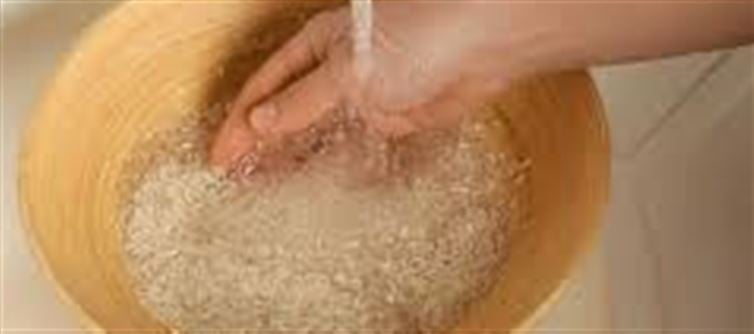
Rice is a staple in many kitchens, especially in indian households, forming the base of beloved dishes like biryani, khichdi, and dal-chawal. But achieving that perfect fluffy texture every time starts with one simple step — washing your rice properly. Here’s how to master the art of washing rice for the best cooking results!
1 Why Do You Need to Wash Rice?
Rice grains are coated with starch and sometimes dust or impurities from packaging. Washing rice removes excess starch, preventing the grains from sticking together and turning mushy when cooked. It also cleans away dirt and any unwanted residues.
2 How Many Times Should You Wash Rice?
Experts recommend washing rice 3 to 4 times or until the water runs clear. This ensures most of the surface starch is removed, making the rice fluffy and separate after cooking.
3 Step-By-Step Washing Technique
· Place rice in a large bowl or pot.
· Add cold water and gently swish the rice with your fingers.
· Pour out the cloudy water carefully.
· Repeat this process 3-4 times until the water becomes almost transparent.
4 Soaking Rice: Is It Necessary?
After washing, soaking rice for 20-30 minutes can improve texture by allowing grains to absorb water evenly. This step is especially helpful for long-grain varieties like basmati, making them fluffier and less prone to breakage.
5 What Happens If You Don’t Wash Rice Enough?
Skipping or under-washing leaves excess starch, which clumps grains together into a sticky, gummy mess. This can spoil the texture of dishes like pulao or biryani where separate grains are prized.
6️⃣ Extra Tips For Perfect Rice
· Use cold water to wash rice for better starch removal.
· Avoid vigorous rubbing that can break grains.
· For certain recipes, a little stickiness is desired, so adjust washing accordingly.
💡 Pro Tip: Clear water after the final wash means you’re ready to cook rice that’s light, fluffy, and picture-perfect every time!
Disclaimer:
The views and opinions expressed in this article are those of the author and do not necessarily reflect the official policy or position of any agency, organization, employer, or company. All information provided is for general informational purposes only. While every effort has been made to ensure accuracy, we make no representations or warranties of any kind, express or implied, about the completeness, reliability, or suitability of the information contained herein. Readers are advised to verify facts and seek professional advice where necessary. Any reliance placed on such information is strictly at the reader’s own risk.




 click and follow Indiaherald WhatsApp channel
click and follow Indiaherald WhatsApp channel